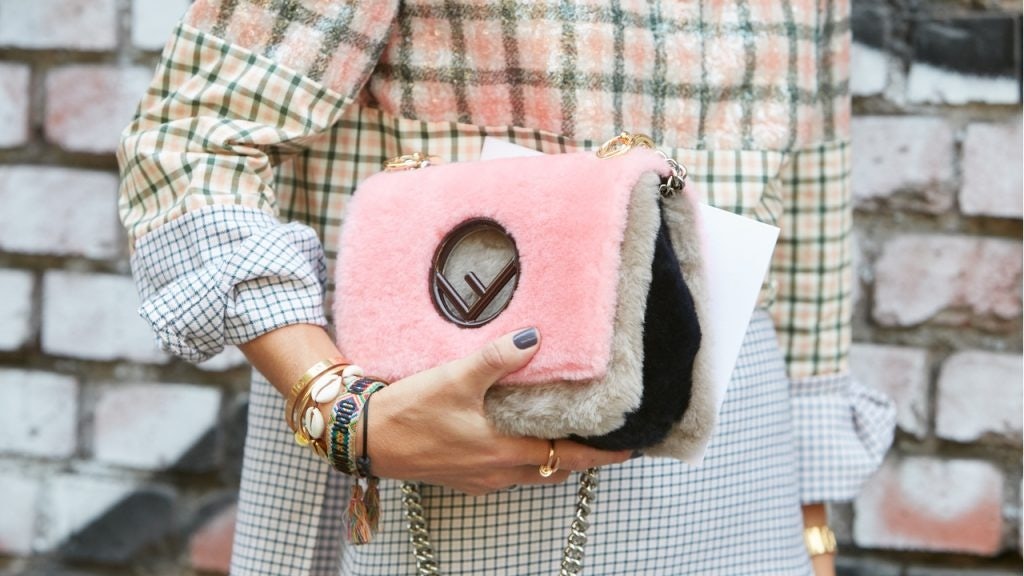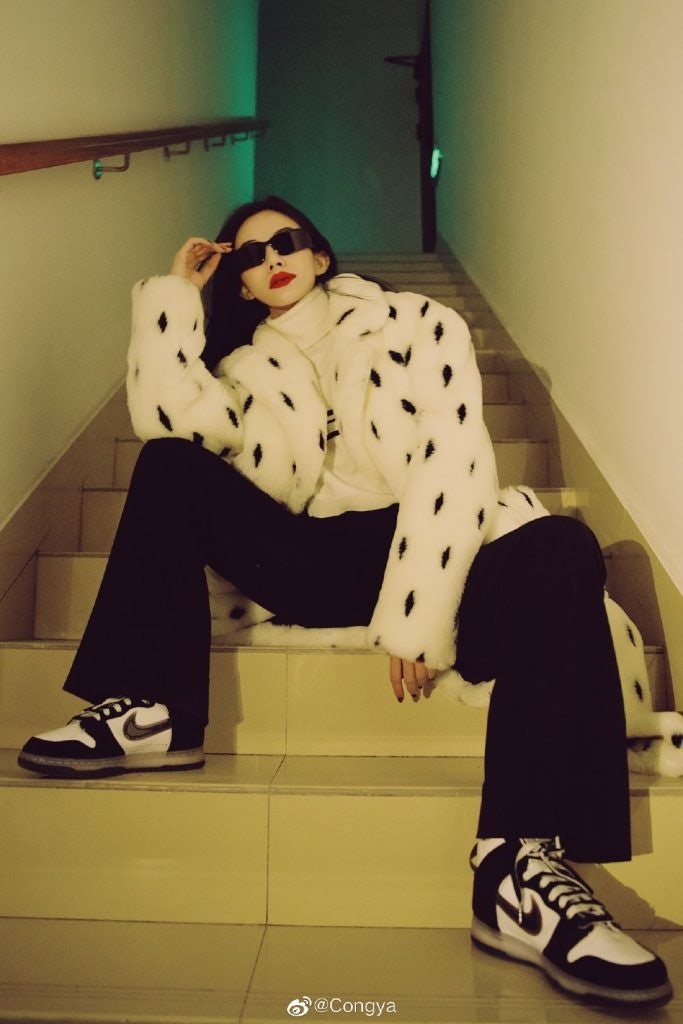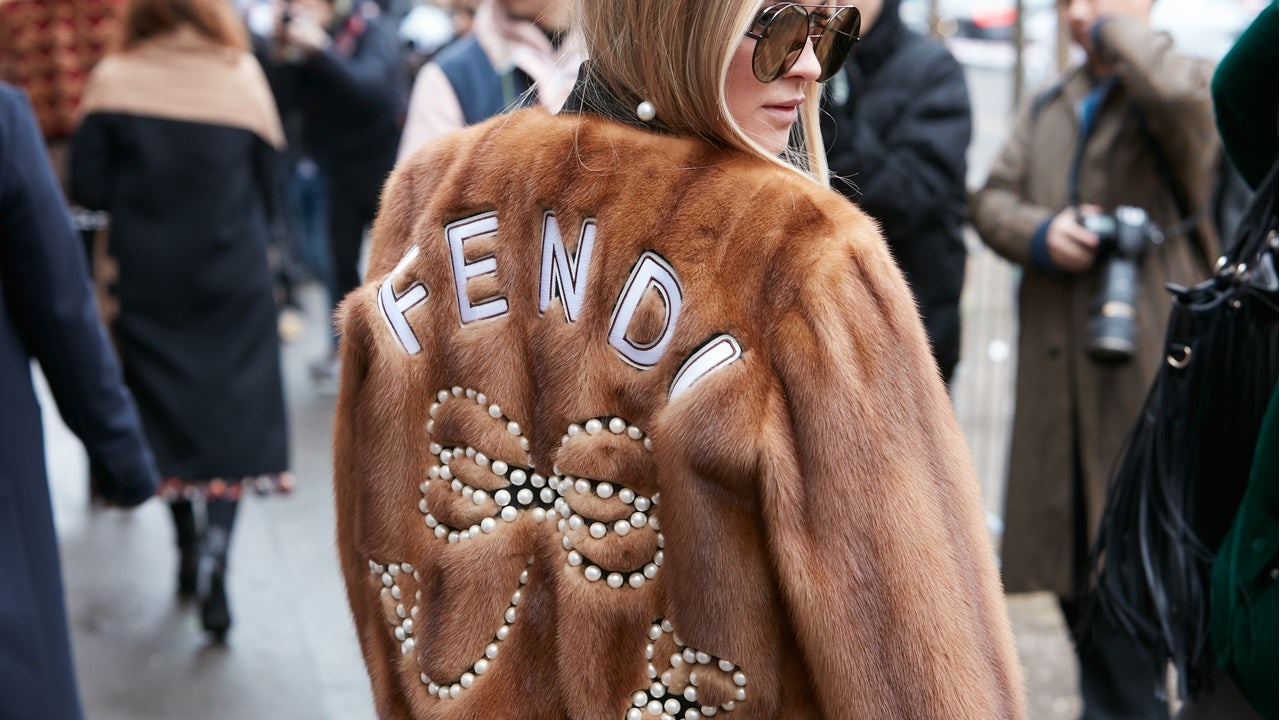Key Takeaways:#
China's fur animal farming industry is currently worth 61 billion, making it a notable contributor to local growth and employment.
In early 2019, a fur production drop was predicted, and a sudden shortage of mink forced prices up by as much as 30 percent in Asia.
Despite its popularity in some areas, a significant shift has occurred among China’s millennials and younger people away from larger fur items such as coats and jackets.
With mink producers around the world hit hard by the COVID-19 outbreak, countless countries have been putting a stop to animal farming. This has added to a drop off in the use of fur in fashion due to growing animal rights concerns, numerous anti-fur demonstrations, and a rise in quality fur substitutes and alternatives. Over the past three years, Gucci, Burberry, Michael Kors, and others have gone fur-free, while numerous retailers and fashion weeks have banned its use.
However, while global attitudes towards fur are changing, China’s case requires specific attention. Though consumer sentiment is embracing animal welfare, the country remains the largest market for fur consumption. And now, given the implications of the pandemic, China could become the world’s leading suppliers of fur too.
According to Humane Society International, China's fur animal farming industry is currently worth 61 billion and, therefore, is a notable contributor to local growth and employment. Peter Li, the China policy specialist at Humane Society International, explains how that is especially pertinent in China’s economically underdeveloped regions in North and Northeast China.
Even so, the charity group ACTAsia pointed out in its 2019 China Fur Trade report that China’s role in the global fur chain, which is worth more than 22 billion a year, has historically been underestimated. The latest figures from the China Leather Industry Association on mink production show that it produced substantially more pelts than expected — 11.69 million rather than the predicted seven million in 2019.
In early 2019, the auction house Kopenhagen Fur had already predicted that global mink production would drop to around 37 million pelts. Despite a pre-existing oversupply of deadstock, the culling of mink in 2020, most notably in Denmark (15 million pelts), has further reduced supply. The International Fur Federation warned that worries over a sudden shortage of mink forced prices up by as much as 30 percent in Asia.
This jump means that, as the West’s production stutters or gets put on hold until 2022, it may well fall to China to fill the demand. In light of this, Jing Daily explores how consumer interest, digital retailers, and government regulations can impact China’s appetite for mink.
Will brands lead or follow consumers?#
Despite the number of brands that have gone fur-free in recent years, fur is still a touchy subject. Fur-friendly brands like Fendi and Louis Vuitton could not be reached for comment, while luxury conglomerate Kering declined to promote any specific brand message on the issue.
“I can see why they don’t want to comment,” John Lau, the associate dean of the School of Design & Technology at London College of Fashion stated. “They still have a large consumer market in China, and they wouldn’t want to hurt that market.”
In December, the Finnish auction house Saga Furs Oyj livestreamed the first auction since the slaughter of mink in Denmark, which led to media speculation that brands still using fur (such as Louis Vuitton, Dior, and Fendi) were going to transition to pelts like fox and chinchilla at the Finnish auction.

While Samantha Vesala, the business director at Saga Furs, declined to name customers, she said, “Brands and the designer community are still supporting using furs. Our customers include world-famous iconic brands focusing on quality and certified natural products. We are also seeing an increasing focus on using sustainable furs, also from China brands.”
Kopenhagen Fur’s CEO, Jesper Lauge Christensen, told Reuters he had received interest from China wanting to take over the auction house’s brand, apparently valued at up to 163 million. Trending KOLs actively wear and promote fur, from actress Dilraba to celebrity Liti Zhong.
Yet, younger Chinese consumers are still the future drivers of the country’s tastes. Pei Su, the founder of ACTAsia, said a significant shift has occurred among millennials and younger people away from larger fur items such as coats and jackets — but not from smaller fur trimmings. “In vox-pops, people wearing fur trim tend to excuse it as ‘it's only a bit’ or, ‘I didn’t know it was real,' and then they state they would never wear a fur coat.”
The sustainable fur-free Chinese brand Icicle topped Tmall’s 11.11 ranking as the biggest selling luxury brand. Meanwhile, on social media, citizens are also expressing fur-free opinions. On Weibo, the hashtag #whenthebuyingstopsthekillingcantoo has 340 million views and #saynotofur has 90 million views.
Bottom Line:#
Ultimately, brands in the Chinese market seem to follow consumer demands for fur. Chinese consumers are on the whole, somewhat indifferent on the subject — perhaps more so than any other market — which means that for now, there is still an opportunity .
Big tech pushes fur forward#
After the pandemic broke — but before the contamination of mink was a talking point — fur-sellers digitally adapted as a way to maintain their connections with buyers. Several retailers invested heavily in e-commerce platforms, now the new standard for sales. According to figures from the Kopenhagen Fur China team via eight major online retail fur stores, total sales during Double 11 reached 16 million, indicating an upward trend.
Haining Leather City, which has been dubbed the “Leather Capital of China,” opened a ‘cloud mall’ on Taobao, where consumers can browse fur coats online from around 100 merchants. The deputy general manager of Haining Leather City, Yao Zhengyu, told Sohu News that there are huge opportunities within the online fur business since the supply of leather clothing exceeded supply this year.
He explained that many merchants in Haining Leather City have already transitioned to online, but big online events help amplify their reach: “In large-scale events such as 618 and 11.11, online leather merchants can concentrate their efforts to make a larger impact.”

Alibaba Group declined to comment on whether it will ban the sale of fur products in the future, while JD.com was unresponsive to requests for comment. “These big players like Alibaba and JD.com have such a huge hold on the fashion industry, and there is an opportunity for them to make a point here,” Lau told Jing Daily. But, Alibaba’s acquisition of the e-tailer Farfetch, which has a fur-free commitment, will likely force the agenda.
Moreover, the goodwill generated by banning fur shouldn’t be underestimated. “That’s a huge selling point for brands,” said PJ Smith, the director of fashion policy at the Humane Society. “Nordstrom’s stock soared when it announced it was going fur-free. You can do good, and your stock will go up. And you’ll get really positive feedback. To me, the writing is on the wall.”
Bottom line:#
Whereas other markets have seen fur sales decline alongside the rise of digital, the opposite has occurred in China. A wide reach and diversity of product categories mean that Chinese e-commerce platforms are the perfect place for fur brands to reach fur lovers. If tech platforms banned mink and other fur products, this could seriously hamper the industry.
How can government intervention help?#
As this outbreak has shown, the way we treat and contain animals has massive health implications. According to the animal rights organization Peta, conservation experts warn that the exotic-skins industry practices could also increase the risk of epidemics in the future.
So, while animal welfare concerns grow, China has thus far failed to provide any official response regarding the risk of future pandemics from wild animal farming for purposes other than food.
The Chinese government has exempted fur farming from its wildlife trade and consumption ban. In fact, mink (along with raccoon dog, and fox) has been moved to the livestock list under the Animal Husbandry Law for domesticated farmed animals.
All the same, as the fur supply chain concentrates and brands lose their key suppliers in Europe, will they opt for Chinese pelts? Su noted that pelts from Chinese farms are “rarely classified as top quality, ” unlike European ones. Su predicted it could go either way: “a flood of cheap mink but with low-to-medium risk from contaminated pelts or rare-to-find mink with higher prices.”
LVMH’s head of sustainability, Helene Valade, stated that the conglomerate obtains fur from Finland and relies on brokers to bid only on 100 percent certified mink, fox, and raccoon. Saga Furs is the only fur seller in the industry with a supplier certification and auditing program on environment and animal health and welfare, and the company insists its procedures ensure that pelts don't represent a risk to public health.
But sustainability is also a priority. “To give you an overview of fur farming, the mink eat 100 percent by-products,” Vesala explained. “We make biofuel and biogas from the manure and cosmetics from the fat. Additionally, fur is a fully recyclable product that lasts for decades.”
For now, Vesala said that China is buying around 70-80 percent of the global fur production and that demand has remained strong thanks to rising wealth. Whether China will push fashion to break the final frontier and go fur-free is unknown — although it is not impossible.
“If the national government is determined to phase out the operation, it can be achieved,” Li noted “As 400 billion yuan is a drop in the bucket of China's enormous GDP, not a significant part of the Chinese economy.”
Perhaps 2021 could be the year China puts a stop to fur farming, and there are incremental movements in that direction. Fashion KOL @congya, who has over 560k followers, has received praise online for wearing fake fur.

But ACTAsia wants to see a fur-free China, and Su is hopeful: “After Covid, the fur issue has become much more complex, with a wider environmental impact on our health concerns.” And should these worries intensify, the situation could change swiftly, from the top-down, forcing the hands of pro-fur companies.
Bottom line:#
The persistence of fur in the luxury market largely depends on its presence in China. As such, tightened government regulations and the trajectory of Gen-Z interests in China could very well determine the future of the fur industry altogether.


